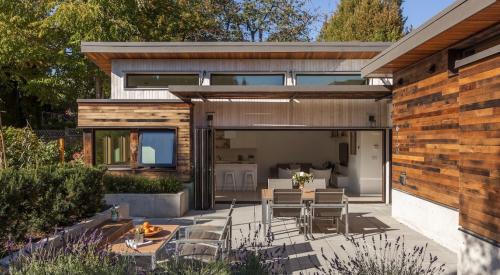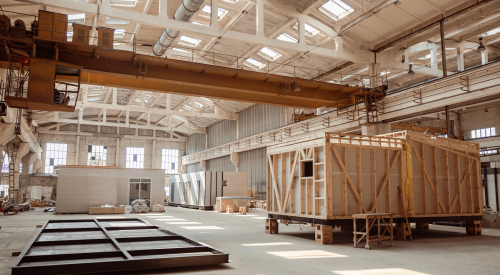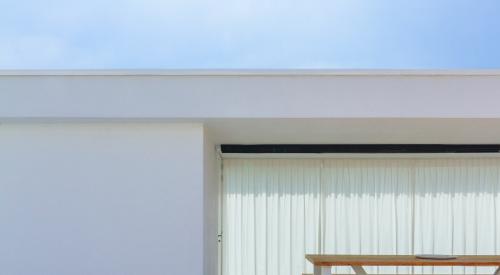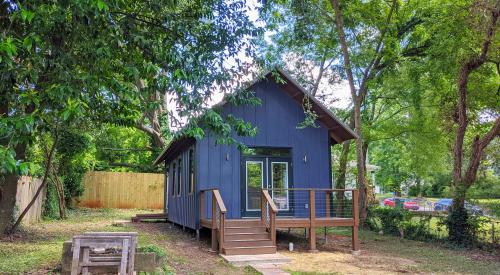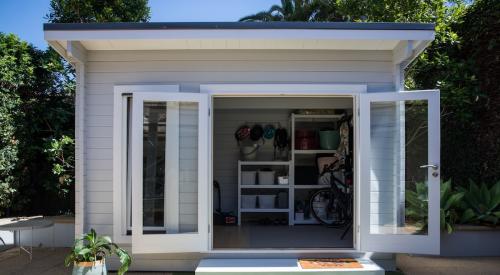Accessory dwelling units (ADUs): They’re fast to build, relatively inexpensive, and space saving. And yet even with increasing popularity, ADUs have not exploded onto the scene like one would think they would amid a shortage of affordable housing. In 2020, that may change. With prefab construction, loosening regulations, and a growing push for more ADUs 2020, the new year could be a big one for granny pods and backyard bungalows.
Accessory dwelling units (ADUs) should get a new lease on life in 2020 due to a heavy push for affordable housing perfectly timed with state regulation and advancements in construction technology.
The ADU housing approach is a fast and creative way to address affordable housing. ADUs, which have been around for years, go by a variety of names: casitas, pool homes, in-law suites, granny flats, guesthouses and secondary dwelling units, among them.
They are getting more attention amid the housing crisis as a way to leverage existing city infrastructure preventing urban sprawl and costly system expansions. Construction of ADUs creates jobs as well as additional tax revenue. And since ADUs are typically smaller than a traditional home, they are less costly to build. With so many wins, why haven’t ADUs gone viral?
Developers have another name for NIMBYs, or the not-in-my-backyard crowds: they’re BANANAs. The build-absolutely-nothing-anywhere-near-anything movement is real, loud, costly and frustrating for states attempting to address affordable housing. When affordable housing projects land at a city, unhappy citizens protest the elected officials they put in office and projects get nixed.

